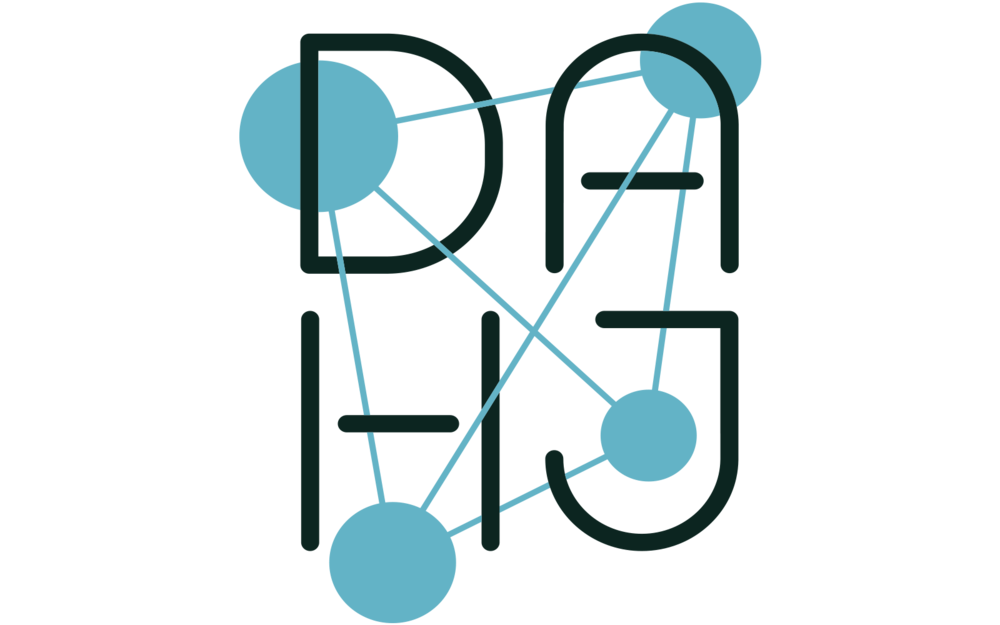Abstract
World population and the number of cultural artifacts are growing exponentially or faster, while cultural interaction approaches the fidelity of a global nervous system. Every day hundreds of millions of images are loaded into social networks by users all over the world. As this myriad of new artifacts veils the view into the past, like city lights covering the night sky, it is easy to forget that there is more than one Starry Night, the painting by Van Gogh. Like in ecology, where saving rare species may help us in treating disease, art and architectural history can reveal insights into the past, which may hold keys to our own future. With humanism under threat, facing the challenge of understanding the structure and dynamics of art and culture, both qualitatively and quantitatively, is more crucial now than it ever was. The purpose of this article is to provide perspective in the aim of figuring out the process of art history – not art history as a discipline, but the actual history of all made things, in the spirit of George Kubler and Marcel Duchamp. In other words, this article deals with the grand challenge of developing a systematic science of art and culture, no matter what, and no matter how.
DOI: https://doi.org/10.11588/dah.2016.2.24761
Author
Maximilian Schich
is an Associate Professor in Arts & Technology and a founding member of EODIAH, the Edith O’Donnell Institute of Art History at the University of Texas at Dallas. In summer 2015, he also was a Visiting Scientist at ETH Zurich in Dirk Helbing’s Computational Social Science group, where he wrote parts of this article. He is the first author of A Network Framework of Cultural History (Science Magazine, 2014) and a lead co-author of the animation Charting Culture (Nature video, 2014). He has visualized networks of complex networks in art research (O’Reilly 2010), and analyzed antique reception and visual citation as complex networks (Biering & Brinkmann, 2009). He is an Editorial Advisor for Arts, Humanities, and Complex Networks at Leonardo Journal, and an Advisory Board member at DAHJ and Palgrave Communications, the new humanities and social science equivalent of Nature Communications. He has been invited to SciFoo, DLD*, Edge.org, and the Lincoln Center Global Exchange. His most recent work received global press coverage in 28 languages.

